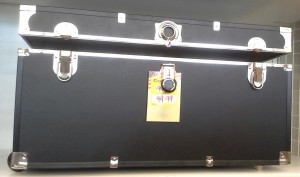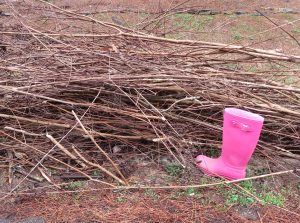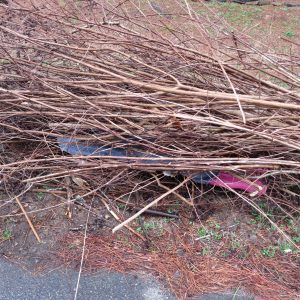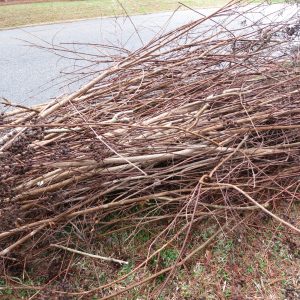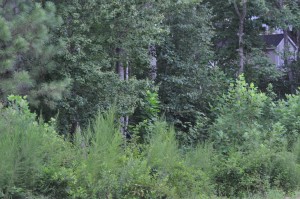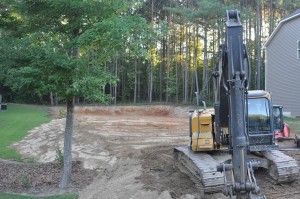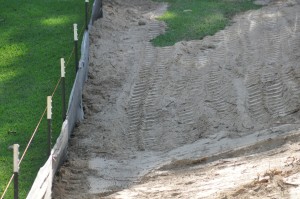KN, p. 181 “Is there a body in that suitcase?”
If there are no paragraph separations in this article, please double-click on the title to create a more readable version.
TV shows and movies have long used the ‘put-the-body-in-the-suitcase’ mode of hiding a body when someone dies in a nefarious way during a vacation. But is it realistic? Could it really be done?
If we set aside the smell factor (bodies start to stink within 24 hours if left unrefrigerated) corpses need to be hidden while they are still flexible and ‘stuffable.’ Rigor mortis (post-mortem stiffening of the body) sets in fairly quickly, so any book or TV show that shows the body being stuffed into a container in the first hour or so after death, is probably fairly accurate in that detail. Cold temperatures slow down the rate of rigor mortis and warm temperatures speed it up, so the surrounding environment plays a big factor in how speedy the corpse disposal must be.
Bodies are bulky and have those inconvenient limbs that don’t want to stay where they are put. In “Is that a body in the rug?” I chatted about why carrying a body around in a rug is a dumb idea. Waaay too many things can go wrong.
So, what to do? If the evildoer needs to move the body away from the scene of the crime in order to allow him/her to establish an alibi, a large container with wheels might be a solution. A laundry cart would fill the bill in a limited way if the victim died in a hotel, but what if the murderer wants to get the body out of the building?
The photo above shows my travel golf bag with a man standing next to it. As you can see, it’s not really long enough for stowing a grown man’s body, even though it looks like it should be when seen rolling through an airport. I tried getting into it, scrunching down, bending my knees, holding my arms tightly to my body, but nope. Not long enough even though I’m less than six feet tall. Maybe for somebody shorter?
Season #4 of the popular TV show, “Longmire,” included an episode featuring a body found on the side of the road in a large duffle bag after a tour bus had left the scene. There was an assumption that it had been inadvertently forgotten after a highway traffic accident. Until somebody tried to lift the bag. And then looked inside. Ooops.
Bodies are waaay heavier than can be handled by normal luggage seen in department stores. I did find a company online that makes six-foot long duffel bags complete with heavy duty stitching and zippers – important for those times when something other than tent poles would be in the bag.
Would it be possible to send the body by commercial airline? Aside from the logistical problems of getting the body to the airport and the smell factor – who would carry it, etc. – commercial airline restrictions limit baggage to 50 pounds each. Some airlines (not all) will allow overage in some cases for an extra fee, but that’s at the discretion of the agents at the airport and/or requires special permission. If the flight is fully booked, an agent will check the cargo weight before takeoff and leave bags behind if the safety weight limit for the total cargo has been reached. My mother asked me once how I could manage carrying my travel golf bag (filled with the clubs as well as golf clothes, shoes, gloves, and golf balls). First of all, the bag has wheels, and the clubs themselves weigh less than 25 pounds.
And then there is the size restriction and no airline employee can fudge on that without someone in the baggage chain questioning an extra-large bag. Remember, baggage handlers have to pick these bags up and hand load them onto baggage movers. The upper limit on size is 72” – that’s a combination of the length, width and height measurements. The 6’ duffle would be long enough for the average adult, but it doesn’t take into account the width of the bag or height, thereby eliminating it from travel by commercial flight without those special fees and permissions. Plus, most duffles don’t come with wheels.
The “Longmire” body was that of a petite young woman, so she fit easily into a six-foot duffle. The gal probably weighed about 100-120 pounds, but there were no wheels attached to the bag. How did the murderer remove the fully packed bag from the crime scene? No spoiler here, but he/she had to have help, even with the handles on the bag. The use of the tour bus as the would-be mode of transportation was believable, since the fully loaded duffle would never have made it through all the security checks on a commercial airline, even a cargo flight. Kudos to “Longmire” for realism.
Having said all that, as one advertisement said, you need a bag that “will carry you through any situation or season.”
For all around ease of use (wheels, size) a trunk probably is the best choice. And, they’re even on sale right now at some locations. Kidding. 😉
But, as a long-term way of establishing an alibi? Face it, you’re gonna get caught. Moving large duffles or trunks? Somebody is going to see you do it and remember it. After all, it’s not a bag of groceries.
*Note: no bodies were found in any of the suitcases or trunks we used for research.
**Further note: this information is for entertainment purposes only. Seriously.
***Photos by Patti Phillips
KN, p. 181 “Is there a body in that suitcase?” Read More »


